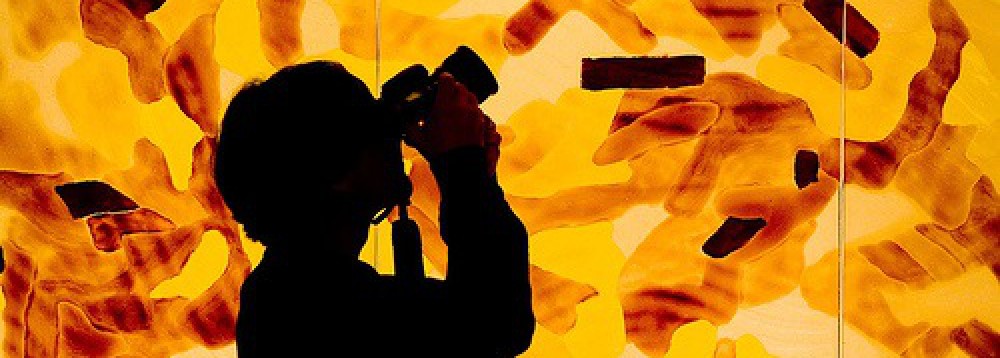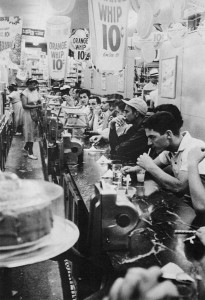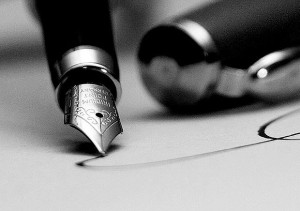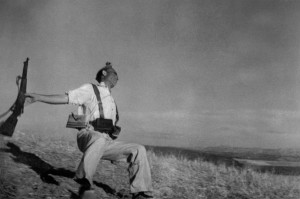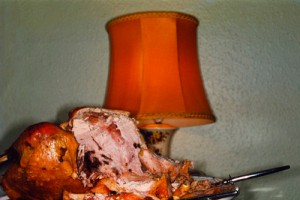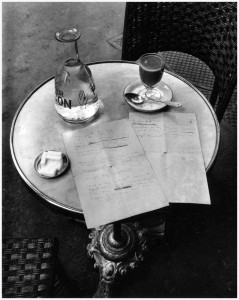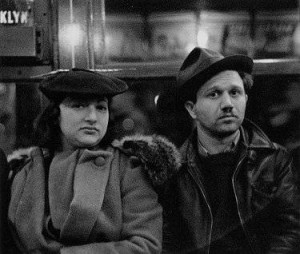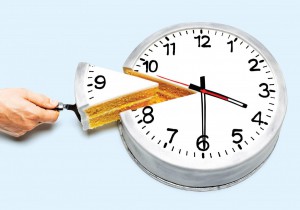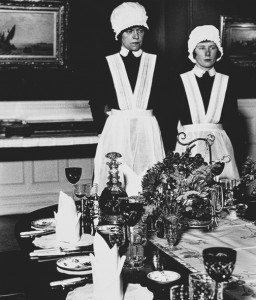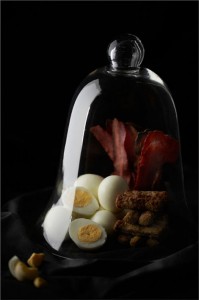
Henry Hargreaves, Rihanna’s backstage request for “hard-boiled eggs, turkey bacon, turkey sausage, at any time through out the day” from petapixel.com
After last month’s “egg photos” for your presentations, I thought you would like to share your thoughts on these still life photographs of unusual requests made by musicians when they go on tour. When musicians perform at major concerts, their contracts include riders that outline what they need to have backstage. These riders often feature requests for food such as Lady Gaga’s request for a “small plate of cheese (nonsmelly, nonsweaty), on ice.” The photographer Henry Hargreaves with the help of a stylist produced photographs in the style of Flemish still life painting, a genre that emerged in seventeenth-century Netherlands. The photographs are stylish and give viewers a peek into the personalities (and quirks!) of different musicians. Read the article on Hargreaves’ Band Riders photo series and share what you think of his pictures.
Read about Henry Hargreaves “Band Riders” photo series here.
You can see the entire “Band Riders” series on the photographer’s website (he has also photographed ‘deep-fried’ gadgets like iPads).
Please submit your posts by Monday, December 21st (Day of the Final Exam!).
